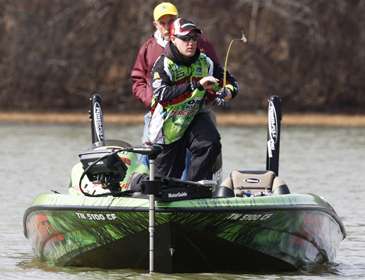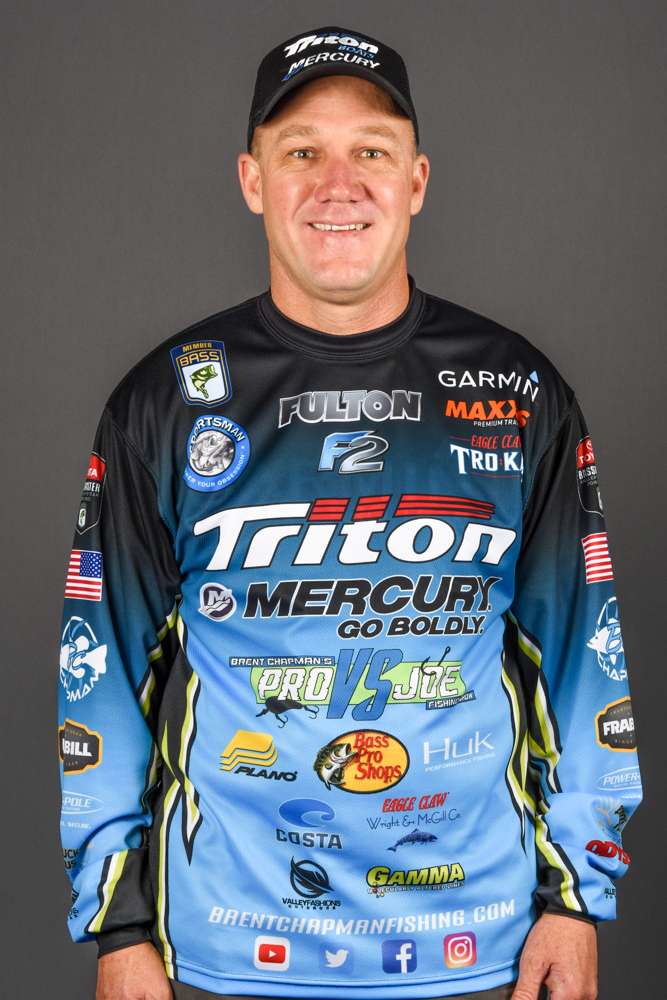
I had an interesting and embarrassing start with fluorocarbon line. It happened several years ago when fluorocarbon was just coming into wide use.
I was fishing in central Florida, on the Kissimmee Chain of Lakes, and there was a pretty good topwater bite going on. The bass were schooling on Lake Toho and just tearing up walking baits and poppers.
When I got off the water, I decided to try some of that fluorocarbon line I had heard so much about, so I spooled up just about every reel I had with it.
The next day, when I went out on the water, I couldn't get my walking baits to work right. They were digging into the water too much — even diving under the surface.
I'd cast them out, watch them sitting in the water with their nose down and just reel them in. I checked the hooks, I looked for cracks in the plastic or wood where water might be getting in, but I couldn't figure out what the problem was for a good while. When I finally realized the line was sinking and dragging the bait down with it, I felt like an idiot.
Now when I'm fishing topwaters I use braided line almost exclusively. It casts really well, and, since it has no stretch, it gives you a crisp, sharp pivot when you're walking the dog with a Zara Spook or other walking bait.
Occasionally, if the water's really clear and I think the bass might be line shy, I'll use a very short (2 feet) monofilament leader to make it tougher to see the line.
The only other time I like a monofilament leader is when fishing a prop bait like the Smithwick Devil's Horse. I've found that the bait has a tendency to ride over the braid and catch in the prop blades, destroying the action of the lure. To prevent that, just tie on a short monofilament leader. The bait won't skitter or pull over the monofilament and catch in the props.
Try braided line with your topwaters — especially walking baits and buzzbaits. It works great.





